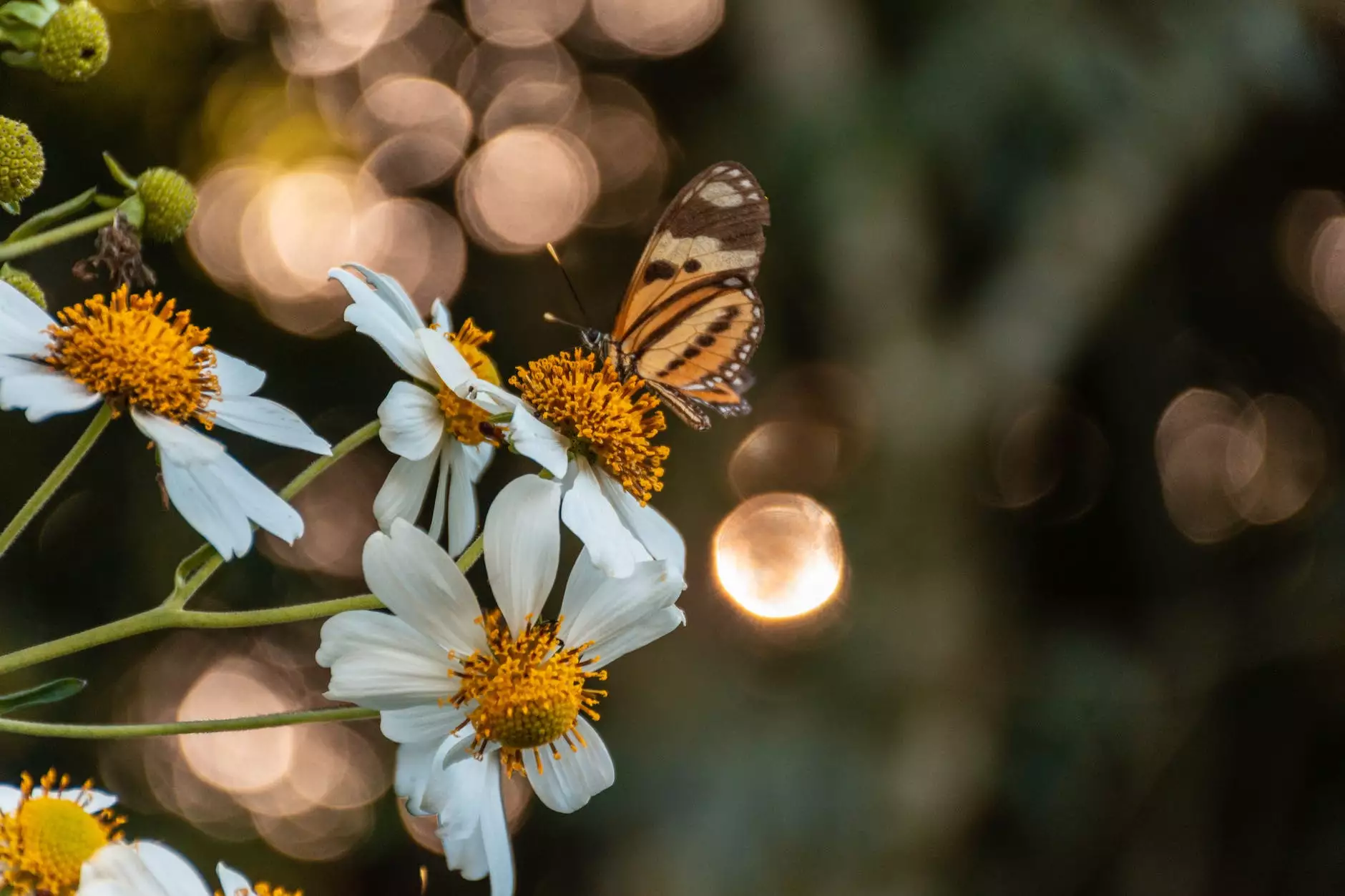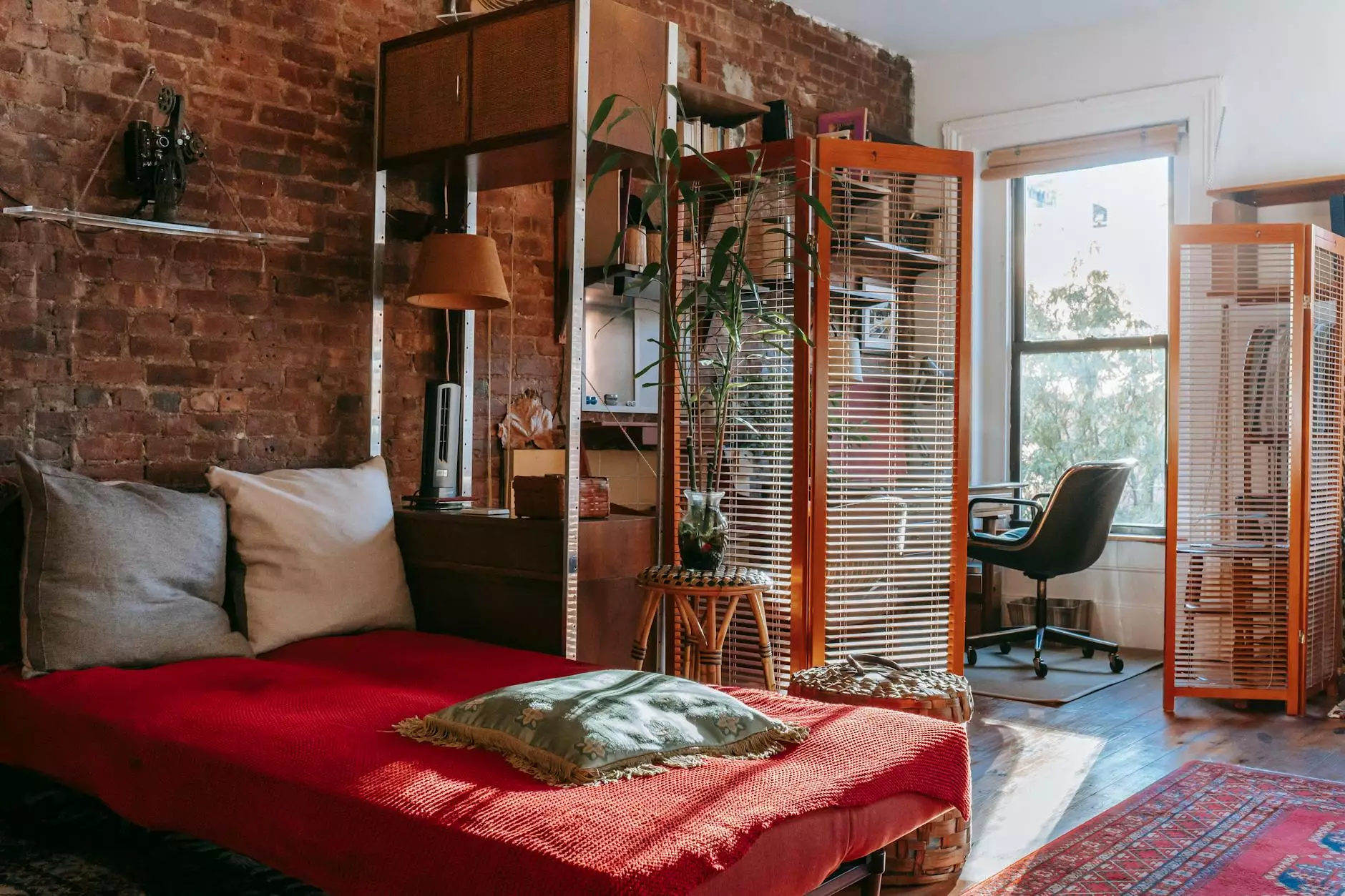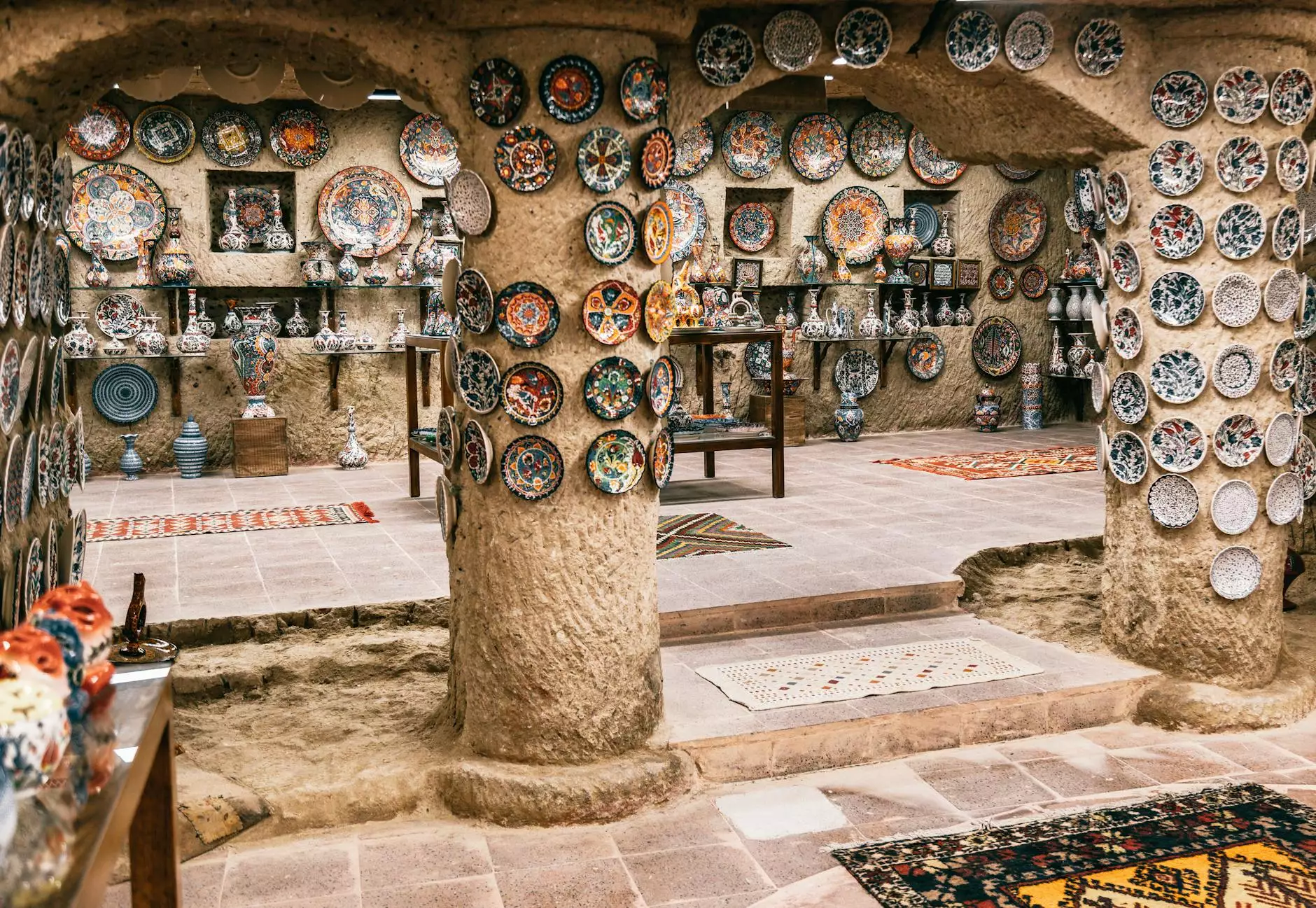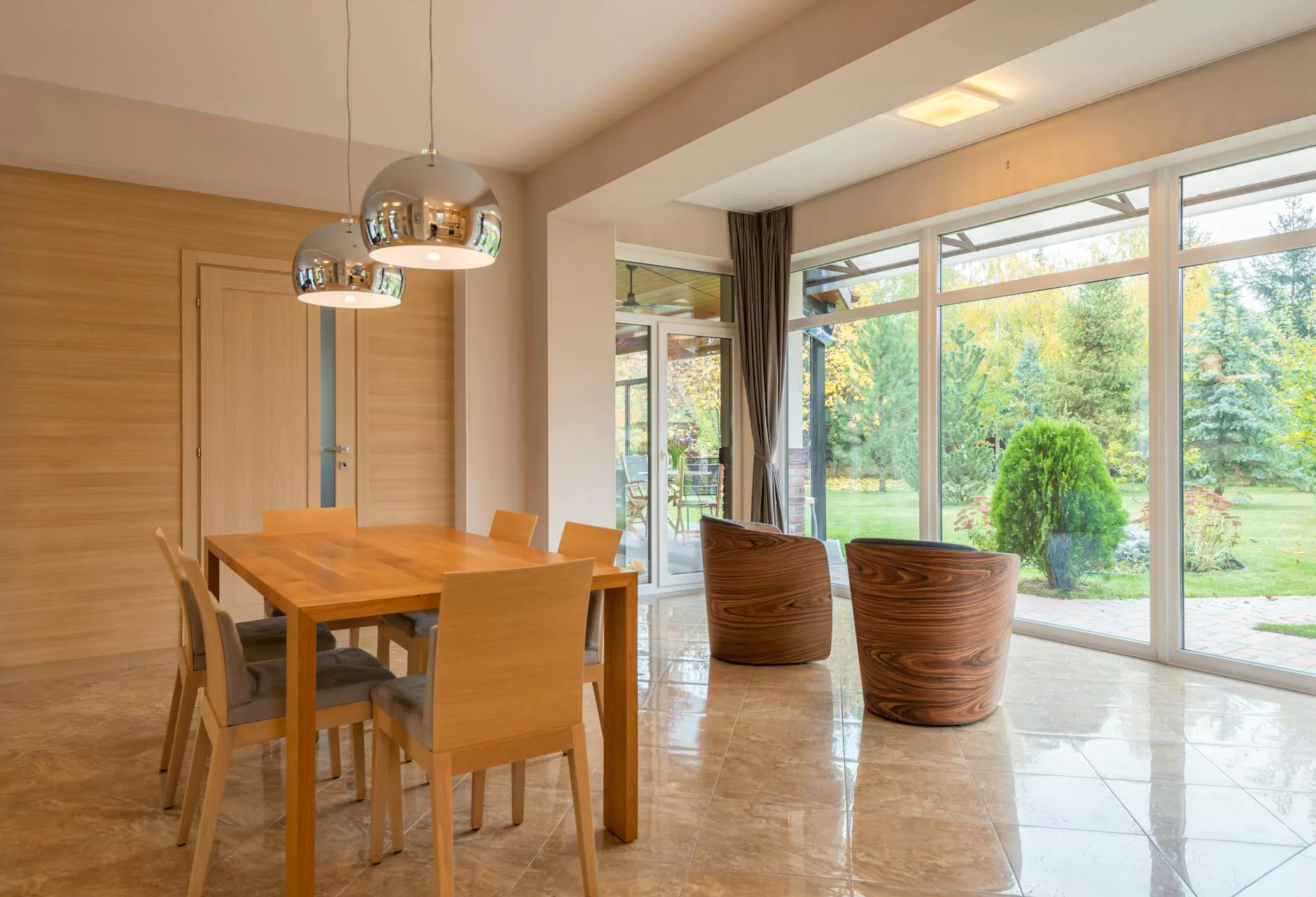Butter Me Up: How to Curate a Spring Butterfly Garden
Plants
Welcome to Big Grill Shop, your go-to destination for all things gardening and outdoor living. In this article, we will provide you with comprehensive insights on how to curate a stunning spring butterfly garden that will attract and delight these beautiful creatures.
Why Create a Butterfly Garden?
A butterfly garden is not only aesthetically pleasing but also serves as a vital habitat for these important pollinators. By creating a welcoming environment for butterflies, you contribute to the ecological balance and the overall health of your garden.
Choosing the Right Plants
The first step in curating a butterfly garden is selecting the right plants that will provide food, shelter, and nectar for butterflies throughout their life cycles. Here are some plants that you should consider:
Milkweed (Asclepias spp.)
Milkweed is the primary food source for monarch butterfly caterpillars. Including various species of milkweed in your garden will not only attract monarch butterflies but also support their breeding and migration process.
Butterfly Bush (Buddleja spp.)
Butterfly bushes are known for their abundance of nectar-rich flowers that attract a wide variety of butterfly species. Their vibrant colors and fragrance make them a delightful addition to any butterfly garden.
Liatris (Liatris spp.)
Liatris, also known as blazing star, is a favorite among butterflies. Its tall spikes of purple or white flowers act as a beacon, drawing butterflies from afar. Placing liatris strategically in your garden will ensure plenty of butterfly visitors.
Providing Proper Butterfly Habitats
Aside from nectar-rich flowers, providing suitable habitats for butterflies is crucial to the success of your garden. Consider incorporating the following elements:
Host Plants
Host plants are essential for butterfly reproduction as they provide a suitable environment for egg-laying and caterpillar development. Research the specific host plants preferred by the butterfly species native to your region and include them in your garden.
Puddling Areas
Butterflies often require minerals and moisture found in damp soil or patches of sand. Create small puddling areas in your garden by filling shallow dishes or plates with moist sand, and watch as butterflies gather to replenish their nutrients.
Shelter and Sunning Spots
Butterflies need sheltered spaces for protection from predators and harsh weather conditions. Incorporate dense shrubs or low-growing plants that can serve as a sanctuary for butterflies. Additionally, provide open areas with exposed rocks or flat surfaces where butterflies can bask in the sun.
Maintaining Your Butterfly Garden
To ensure the continued attraction of butterflies to your garden, it is important to maintain a suitable environment. Here are some essential maintenance tips:
Weed Control
Regularly remove weeds and excess vegetation that can compete with your butterfly-friendly plants. Weeds not only hinder plant growth but also reduce available nectar sources for butterflies.
Watering and Mulching
Proper watering and mulching help maintain soil moisture and promote healthy plant growth. Ensure that your garden receives adequate water and apply a layer of organic mulch to regulate soil temperature and reduce weed growth.
Pesticide-Free Gardening
Avoid using chemical pesticides in your butterfly garden, as they can harm butterflies and other beneficial insects. Instead, practice natural pest control methods like companion planting and introducing beneficial insects to combat garden pests.
Final Thoughts
Creating a spring butterfly garden is a rewarding endeavor that enhances the natural beauty of your outdoor space while supporting essential pollinators. With the right plants, habitats, and maintenance practices, you can enjoy the enchanting presence of butterflies in your garden throughout the spring season. At Big Grill Shop, we offer a wide selection of garden supplies to help you curate the perfect butterfly garden. Start your journey to a vibrant and flourishing garden today!




